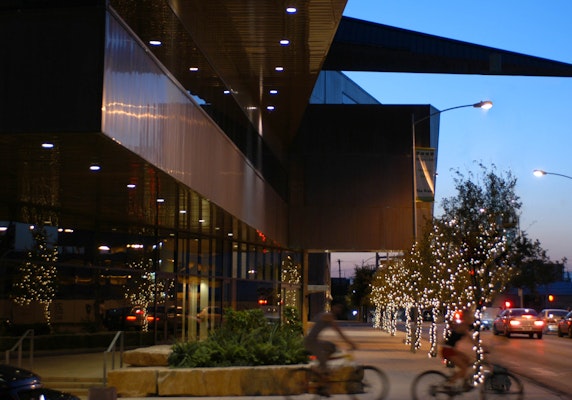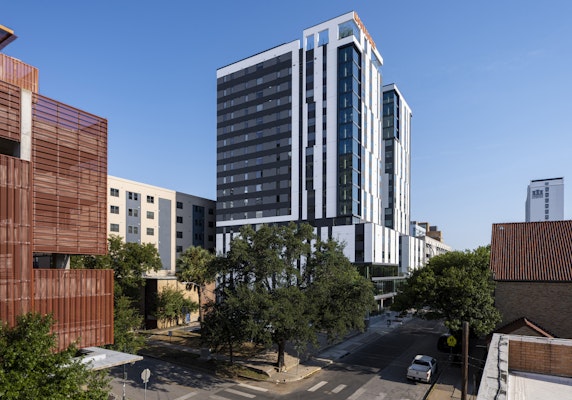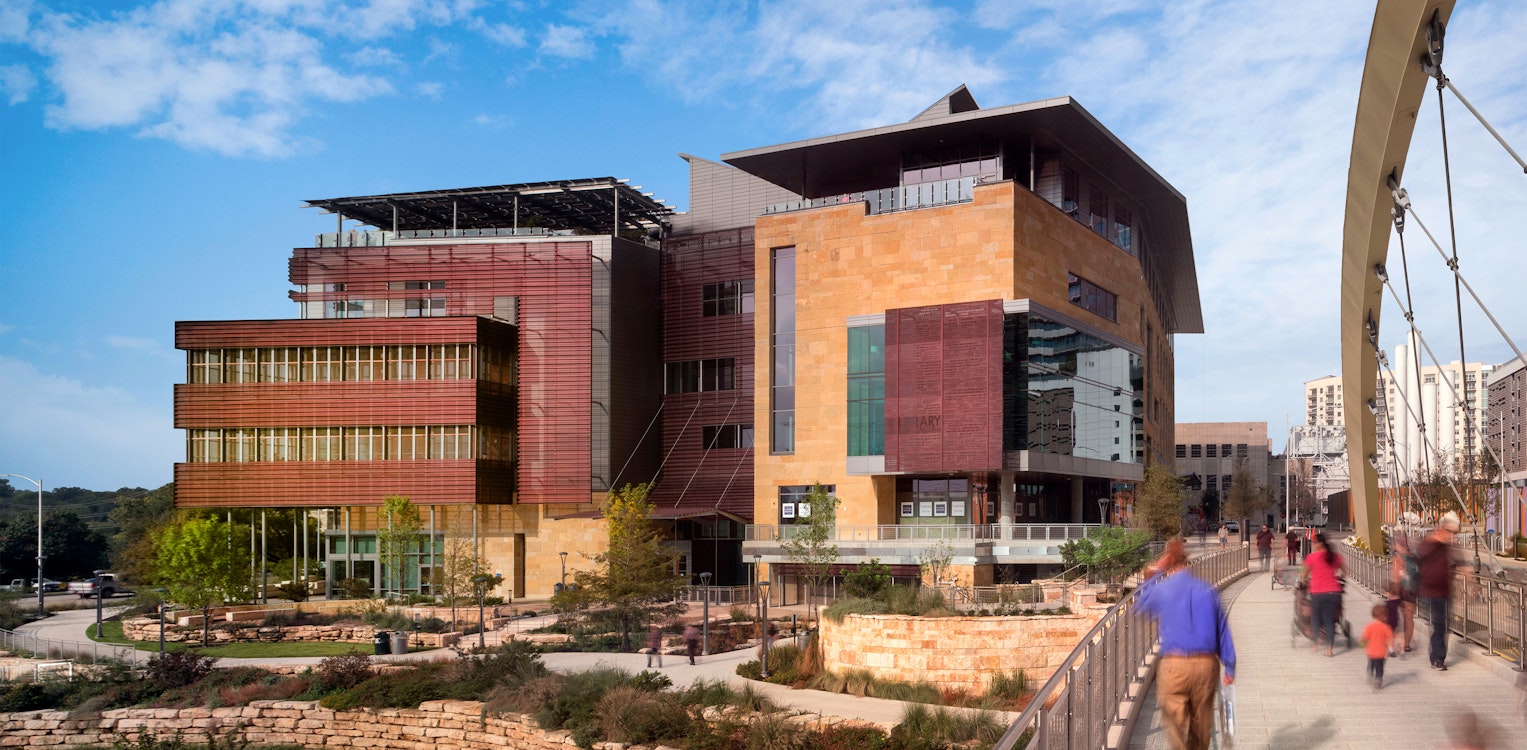
Austin Central Library
Location
Size
Design Architect
Austin’s Central Library provides access to knowledge through cutting-edge technology, extensive print and digital collections and dynamic and enriching programming for the entire community. The building is designed to adapt to new technology and the needs of future generations. It incorporates flexible and blended spaces that focus on the electronic delivery of information. Variety in spatial layout allows comfortable reading areas, shared learning rooms for classes and workshops, and open spaces for community gatherings and diverse events.
The iconic 250,000 sq. ft. concrete landmark features a 6-story public atrium, capped by a skylight feature that came to be appropriately nicknamed, “The Cowboy Hat.” A 130-foot-long central skylight on the crown, flanked by a row of 10-foot-tall clerestory windows under the 70-foot-wide brim on either side, created a voluminous column-free space--and a major design challenge.
The goal for the underside of the hat was for the soffit to have clean white surfaces for bouncing light into the atrium, diffusing the otherwise harmful and harsh direct Texas sun. At first, the team imagined a beam or truss elements spanning the 70-foot width of the space, since that was the shorter direction. Unfortunately, all of these approaches required some kind of clunky structural distraction across the central skylight.
After seeing a rough physical model of the atrium in the architect’s office, the engineers understood the need for a clean solution. The two side walls of the crown of the hat were perfect spaces to install 8-foot-deep trusses to span the 130-foot length of the space. The only problem was the need for bracing the top flanges of these trusses in compression. X-bracing across the skylight was not aesthetically acceptable. The only opportunity left for bracing the top flanges was to use a pony truss concept, whereby transverse members rigidly connect to the bottom of the vertical truss chord members effectively bracing the top chord. One final innovation made this solution economical. The engineers recognized that a counter-slope would be needed to drain the water that would collect in the brim of the hat. Thus, extra steel framing was added to form roof “crickets.” This framing acts like a knee brace and eliminates the need for costly welded moment connections. It further provides maximum stability at the midspan, where it is was most needed.
Steel, wood, and glass bridges and stairs accent the atrium in zig-zag fashion to provide connectivity among the levels. The bridges across the atrium use pony truss concepts to keep structural depths at a minimum. The top chords of the trusses are used as handrails or backing for the cladding. One glass bridge includes a horizontal steel truss in the floor, which provides a clever way to brace a 3-story curtainwall facing the creek.
Folded and blackened steel stairs are also laced across the atrium from levels 2 through 6. These stairs are unbraced for horizontal movement because the treads are individual wood planks. The I-shaped stringers were designed for lateral stiffness to avoid troublesome vibration.
Additional features include a 3-story steel-and-wood reading porch, that wraps the southeast corner, overlooking Shoal Creek and Lady Bird Lake. exposed finished concrete framing at the atrium, a PV-shaded rooftop garden, and tension rod-stayed entry canopies on three sides.
Situated above the north shore of Lady Bird Lake, the library’s need for a 2-story, below grade parking structure to accommodates 240 cars was challenged by the water level at elevation 429-feet. With the lowest level of parking planned for an elevation of 429.5-feet, an innovative and multidisciplinary approach was needed to manage the threat of rising water during floods. Rather than install drilled piers (the default foundation system in Austin’s limestone) and a slab-on-grade, the team conceived a giant mat foundation for the building. The 66-inch-thick mat was built above a system of drainage pipes connected to duplexed pumps. This economical approach, extremely rare in Austin, eliminated the threat of rising waters blowing out a slab-on-grade, as the mat resists the buoyant forces of the water and, with waterproofing, provides a water-tight base to the building. The mat pour took 25 hours of carefully orchestrated continuous concrete placement – 1,000 concrete trucks at the rate of one truck every 90 seconds. This required special concrete designs to avoid cold joints and keep internal temperatures low throughout the concrete placement process.
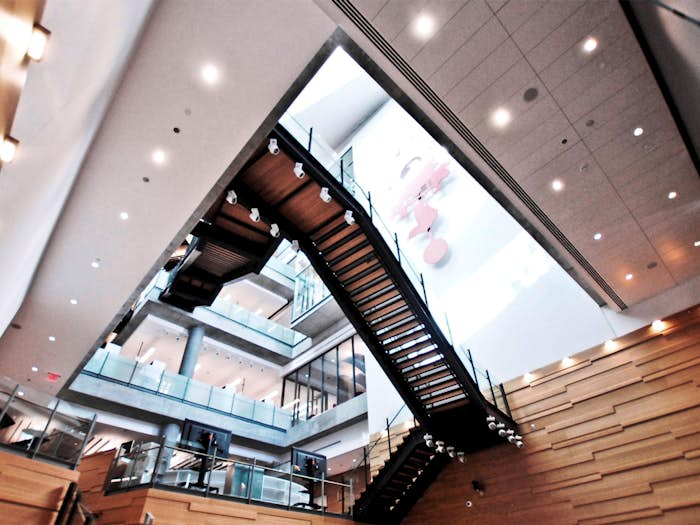
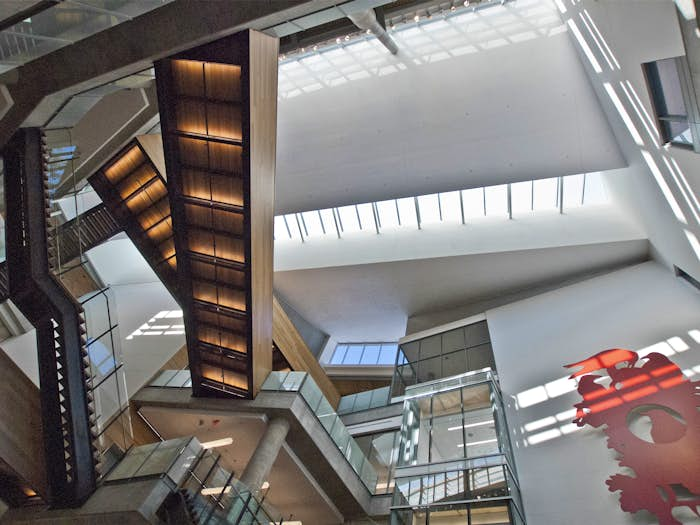
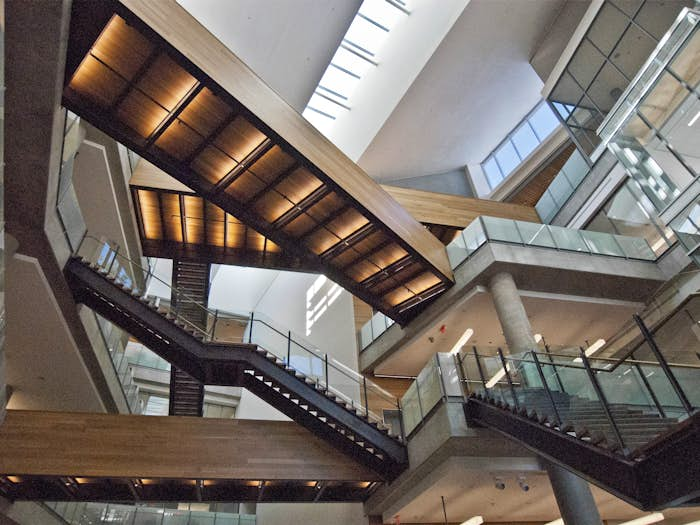
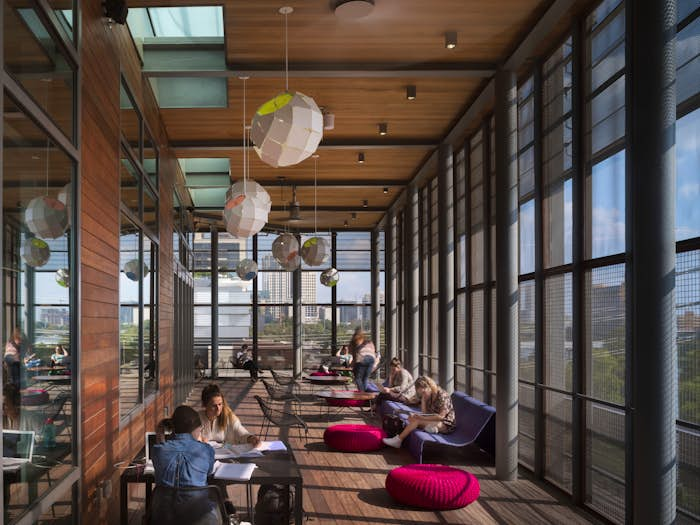
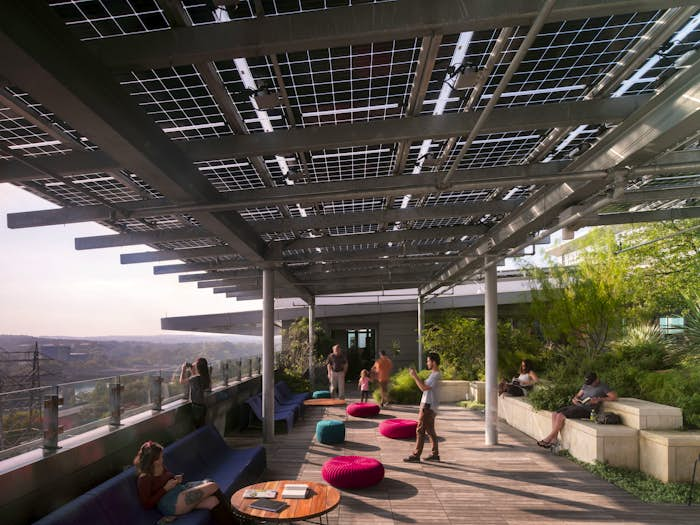
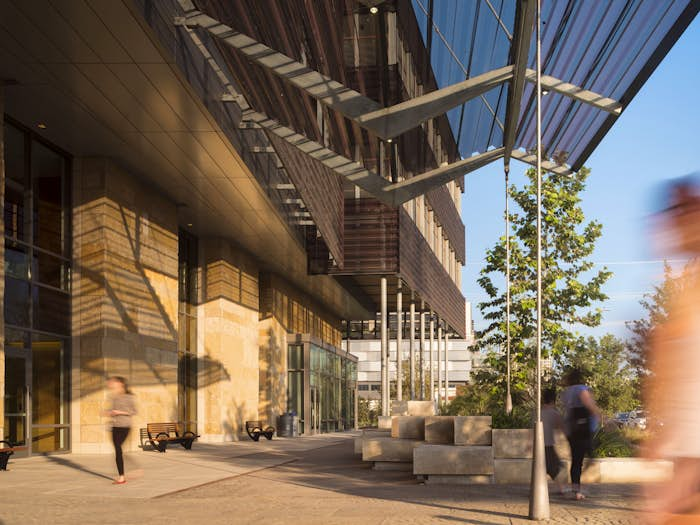
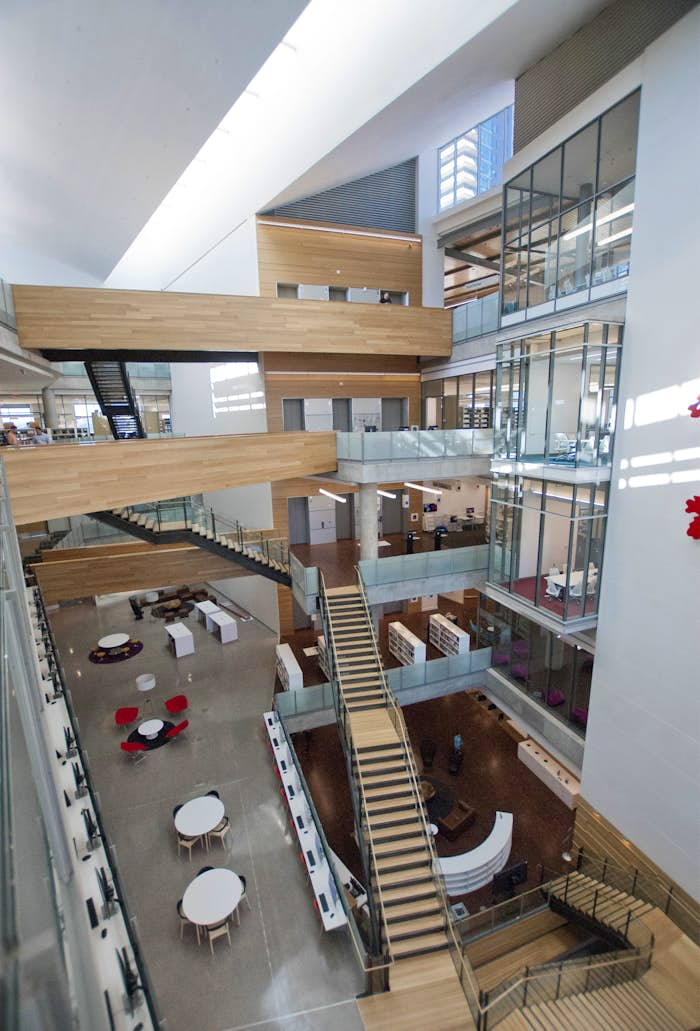
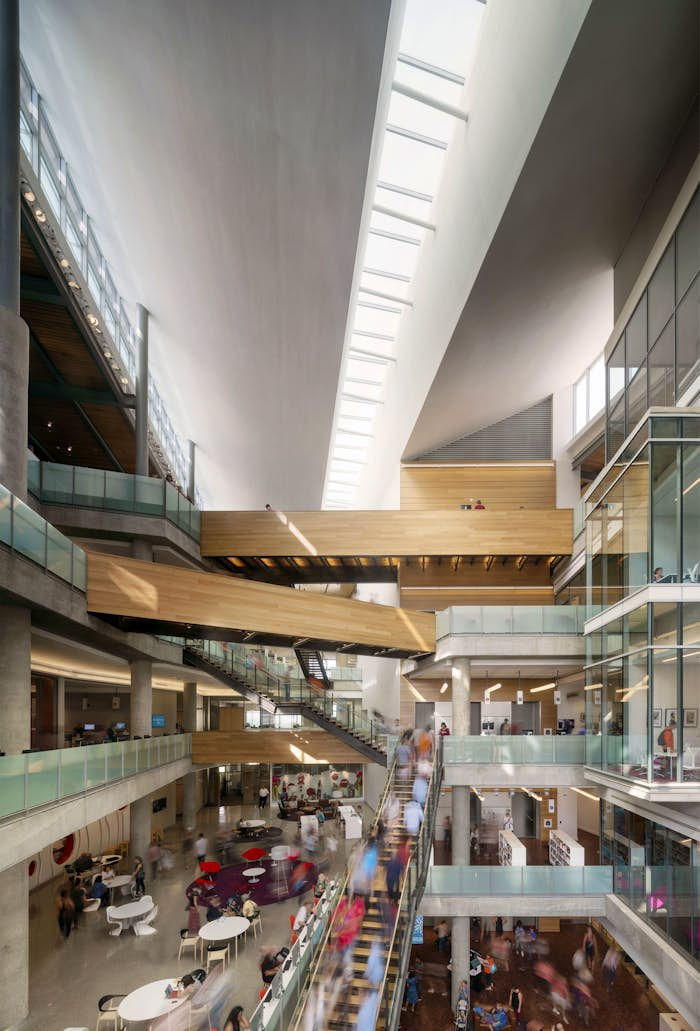
Key Team Members
Awards
Excellence in Structural Engineering Award - 2018






